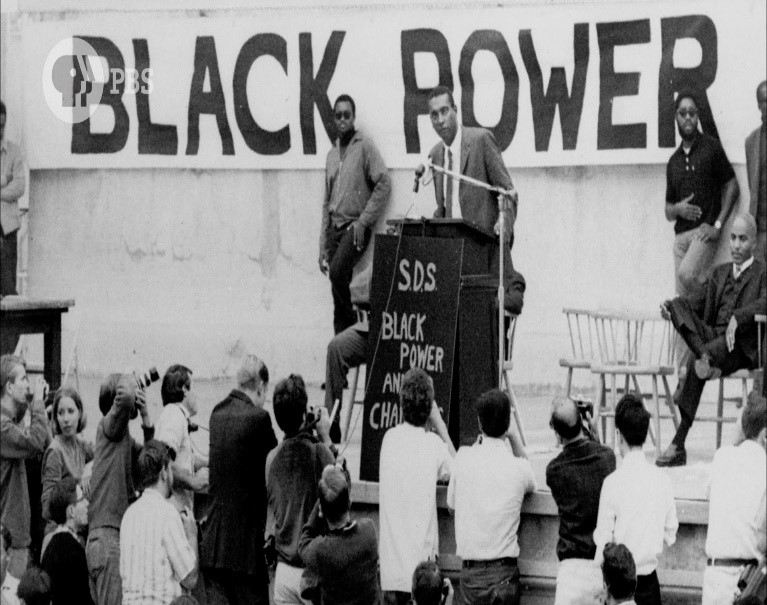Interfaith Forum Sparks Powerful And Inspiring Leadership For Change


The Black Power Movement in the Caribbean and South Africa – The 1960s and 1970s in the Caribbean were marked by resistance movements against the prevailing racist and economic systems that held sway in the region.
This movement arose in response to persistent racial and economic disparities, despite the attainment of independence from colonial powers. Its primary objective was to address social and economic injustices and foster a sense of black identity and dignity.
Background and Triggers of the Movement
In the 1960s, despite the political independence achieved by many Caribbean countries, racial and economic inequality remained a significant challenge.
Despite some political advancements, a substantial economic gap persisted between blacks and whites. The newly educated black and colored elites, products of colonialism, remained tethered to their colonial masters.
This backdrop laid the foundation for the emergence of a movement, aimed at liberating the region from colonial powers.
Goals of the Movement in the Caribbean
- The Black Power movement in the Caribbean had several overarching objectives, including economic reorganization, seeking positions of power, and economic. This movement also controls for black people to free the region from imperial control and foreign ownership.
- The movement also aimed at the reorganization of the political system, intending to diminish the influence of the Afro-Saxons (the elite class formed after independence) and replace it with a government that supported the ascendancy of disadvantaged groups.
- Another goal was the elimination of dependence on colonial powers, striving to break away from the alignment of Latin Caribbean governments with colonial powers such as Britain, France, Holland, and America—an expression of neo-colonialism.
- The movement advocated for the reform of the education system, calling for a change to instill pride among blacks and expose ideas from across the Atlantic Ocean Black Diaspora.
- Democratization of decision-making was another key goal, emphasizing public participation in decision-making processes to involve people in their freedom and economic development.
Black Power Movement in Jamaica
In Jamaica, disillusionment set in after six years of independence, as black leaders failed to effect any changes. The Black Power movement emerged as a reaction against social structures tying race to class, aiming to take control of resources and reduce economic disparities. While the movement is considered successful in fostering ideological change, implementing economic reforms remains challenging.
Black Power Movement in The Bahamas
The Bahamas, dominated by commercial interests, experienced a delayed development of labor organizations and political parties due to its geographical isolation.
The black middle class began supporting the movement, yet delays in universal suffrage and the unpreparedness of the middle class hindered the movement’s growth.
Black Power Movement in Guyana
Guyana served as the epicenter of the Black Power movement in the Caribbean. Activists like Rodney, rooted in Guyana, spearheaded the fight for justice for Africans and sought to alter the marginalized perception of African heritage.
Black Power Movement in Trinidad
In Trinidad, disillusionment with political leaders who failed to fulfill promises of change opened the door for the Black Power movement. The movement succeeded in effecting significant ideological change and motivating governmental reforms.
Black Power Movement in Haiti
The Haitian Revolution of 1791 marked the inception of resistance to the system of slavery. The Black Power movement in the 1970s continued the fight for human rights and against a government system that ignored racial and economic equality.
Black Power Movement in South Africa
In South Africa, the movement arose in response to the apartheid system that discriminated against black people. Resistance began with union strikes in 1973 and climaxed in the Soweto demonstrations in 1976. Despite the government’s attempts to quell it through limited reform policies, resistance continued to escalate into the early 1980s.
Conclusions
The Black Power Movement in the Caribbean and South Africa represents a protracted and intricate struggle to overcome racial and economic inequalities. Despite challenges and setbacks, the movement succeeded in effecting substantial ideological change and instigating reforms across various facets of people’s lives. Awareness of human rights and pride in black identity constituted pivotal driving forces in these movements, leaving a lasting impact on social and political change in the region.
References
Lux, W. R. (1972). Black power in the Caribbean. Journal of Black Studies, 3(2), 207-226.
Quinn, K. (2015). Conventional politics or revolution: Black Power and the radical challenge to the Westminster model in the Caribbean. Commonwealth & Comparative Politics, 53(1), 71-94.
Lewis, R. (2014). Jamaican black power in the 1960s. Black power in the Caribbean, 53-75.
Shaffer, K. (2022). A Caribbean “Black Lives Matter”: Black Consciousness and Black Power, Early 1900s–1970s. In A Transnational History of the Modern Caribbean: Popular Resistance across Borders (pp. 127-152). Cham: Springer International Publishing.
Check out other articles https://indonesiayouthfoundation.org/world-war-ii-musicians-andrews-sisters-in-u-s-propaganda/







